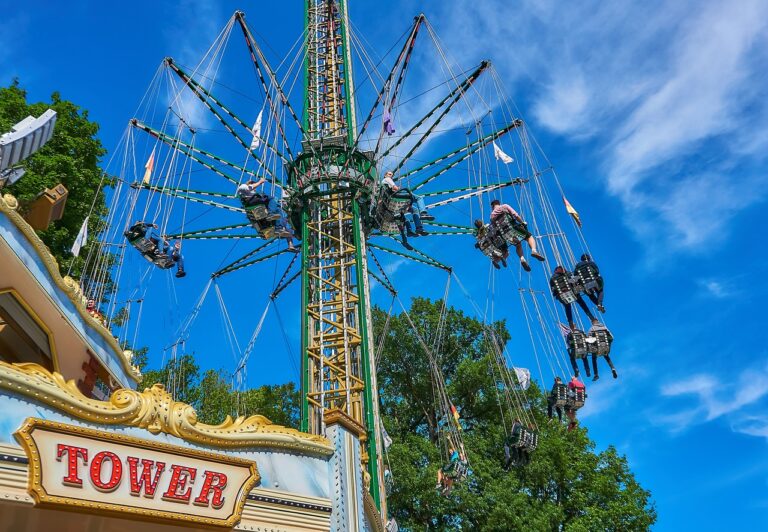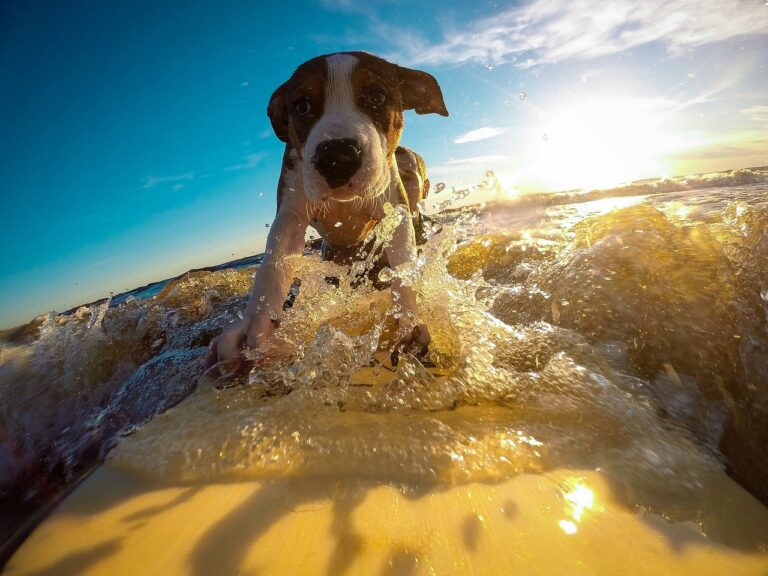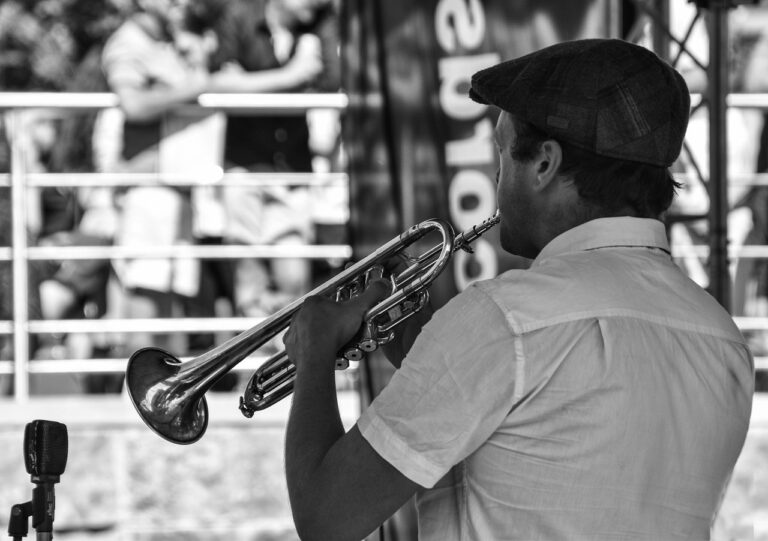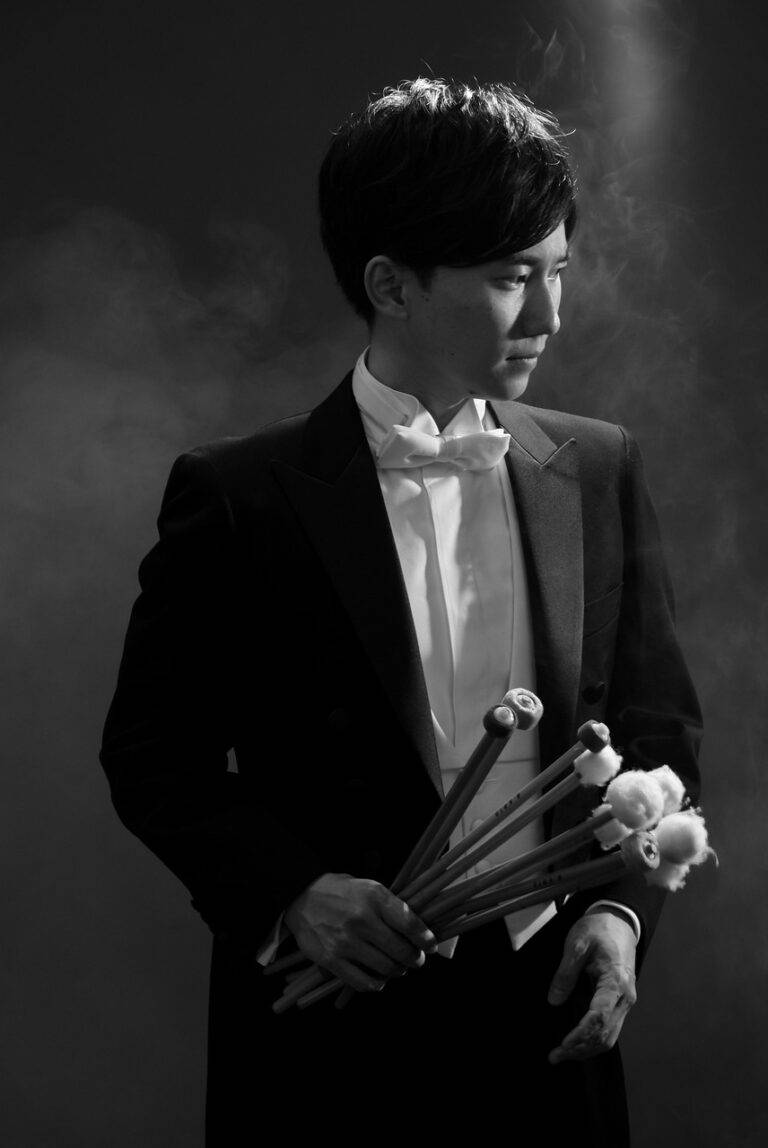Exploring the World of Motion Capture Technology in Film
Motion capture technology has advanced significantly since its inception. Initially developed in the 1970s, early motion capture systems relied on reflective markers and multiple cameras to track movements. Over time, technological improvements have led to the development of more efficient systems that use inertial sensors and sophisticated algorithms to capture motion data with greater accuracy and precision.
One of the key milestones in the evolution of motion capture technology was the introduction of optical systems in the 1990s. These systems replaced the need for physical markers, allowing for more freedom of movement and a higher degree of realism in captured animations. In recent years, advancements in machine learning and artificial intelligence have further revolutionized motion capture technology, enabling real-time tracking and seamless integration of captured data into digital environments.
The Process of Motion Capture in Film
Motion capture in film involves capturing the movements of actors or objects and translating them into digital data. This process typically starts with actors wearing motion capture suits equipped with reflective markers, which are then tracked by cameras placed around the capture space. These markers reflect infrared light emitted by the cameras, allowing for precise tracking of the actors’ movements in three-dimensional space.
Once the motion data is captured, it is then processed through specialized software that maps the movements onto digital character models. This data is used to create lifelike animations that can be integrated seamlessly into the final film. The process of motion capture has revolutionized the way filmmakers bring fantastical creatures, superheroes, and other digital characters to life on the big screen, providing a level of realism and detail that was previously unattainable through traditional animation techniques.
Motion capture in film involves capturing movements of actors or objects
Actors wear motion capture suits with reflective markers
Markers are tracked by cameras around the capture space, reflecting infrared light
Data is processed through specialized software to map movements onto digital character models
Lifelike animations created can be seamlessly integrated into the final film
Applications of Motion Capture in Modern Filmmaking
In modern filmmaking, motion capture technology has become an invaluable tool for bringing fantastical characters to life on the big screen. By capturing the movements and expressions of actors, animators can enhance their creations with realistic human-like movements and emotions. This has revolutionized the way that filmmakers can tell stories and create immersive cinematic experiences for audiences.
Moreover, motion capture technology allows filmmakers to push the boundaries of creativity by seamlessly blending live-action footage with computer-generated imagery (CGI). This integration of real-time performances with digital enhancements has opened up a new world of possibilities in filmmaking, enabling filmmakers to create visually stunning and emotionally captivating scenes that would have been impossible to achieve using traditional methods. From epic battle sequences to intricate creature animations, motion capture has become a game-changing tool for filmmakers looking to elevate their storytelling to new heights.
What is motion capture technology?
Motion capture technology is a process used in filmmaking to digitally record the movements of actors or objects and translate them into computer-animated characters or special effects.
How has motion capture technology evolved over the years?
Motion capture technology has come a long way since its inception, with advancements in equipment, software, and techniques improving the accuracy and realism of the captured movements.
How is motion capture used in the filmmaking process?
Motion capture is used in filmmaking to create realistic and lifelike characters, creatures, or special effects that would be difficult or impossible to achieve using traditional animation techniques.
What are some of the applications of motion capture in modern filmmaking?
Some applications of motion capture in modern filmmaking include creating realistic CGI characters, capturing intricate movements for fight scenes or stunts, and adding special effects like explosions or supernatural powers.
Is motion capture technology only used in big-budget Hollywood films?
No, motion capture technology is becoming more accessible and affordable, allowing independent filmmakers and smaller production companies to incorporate it into their projects as well.







